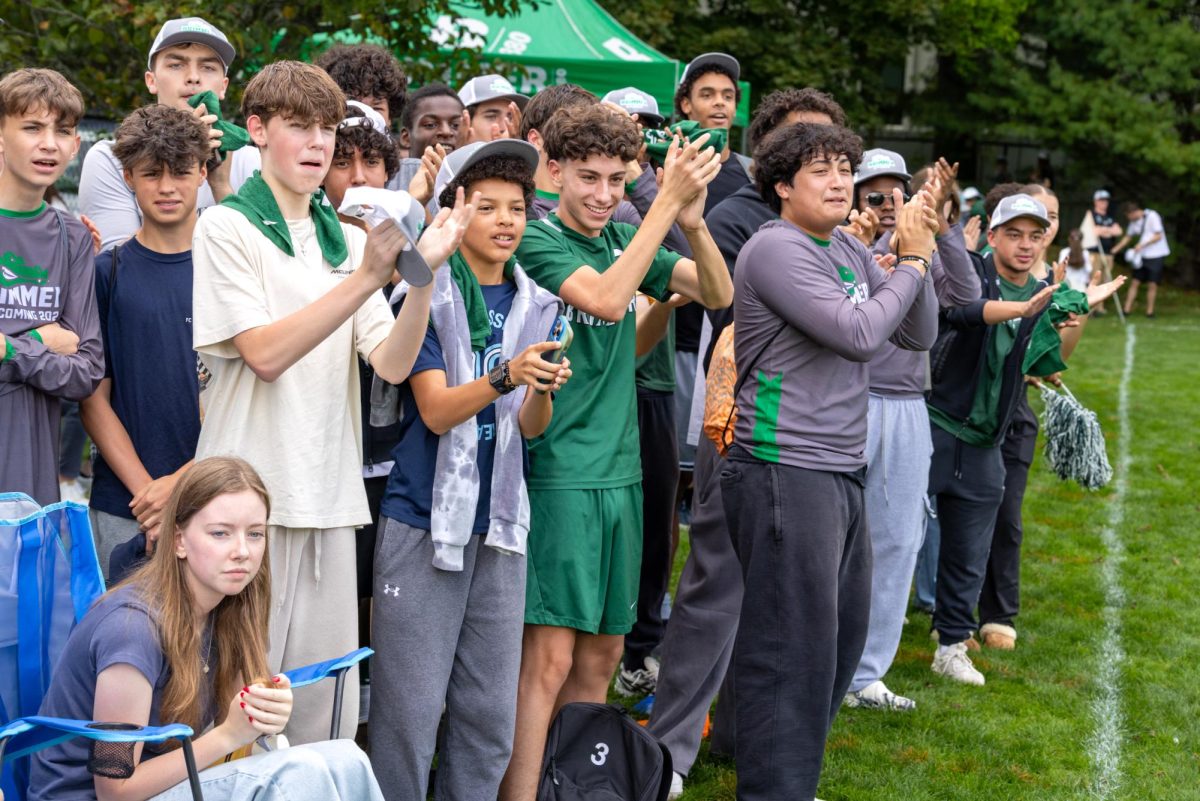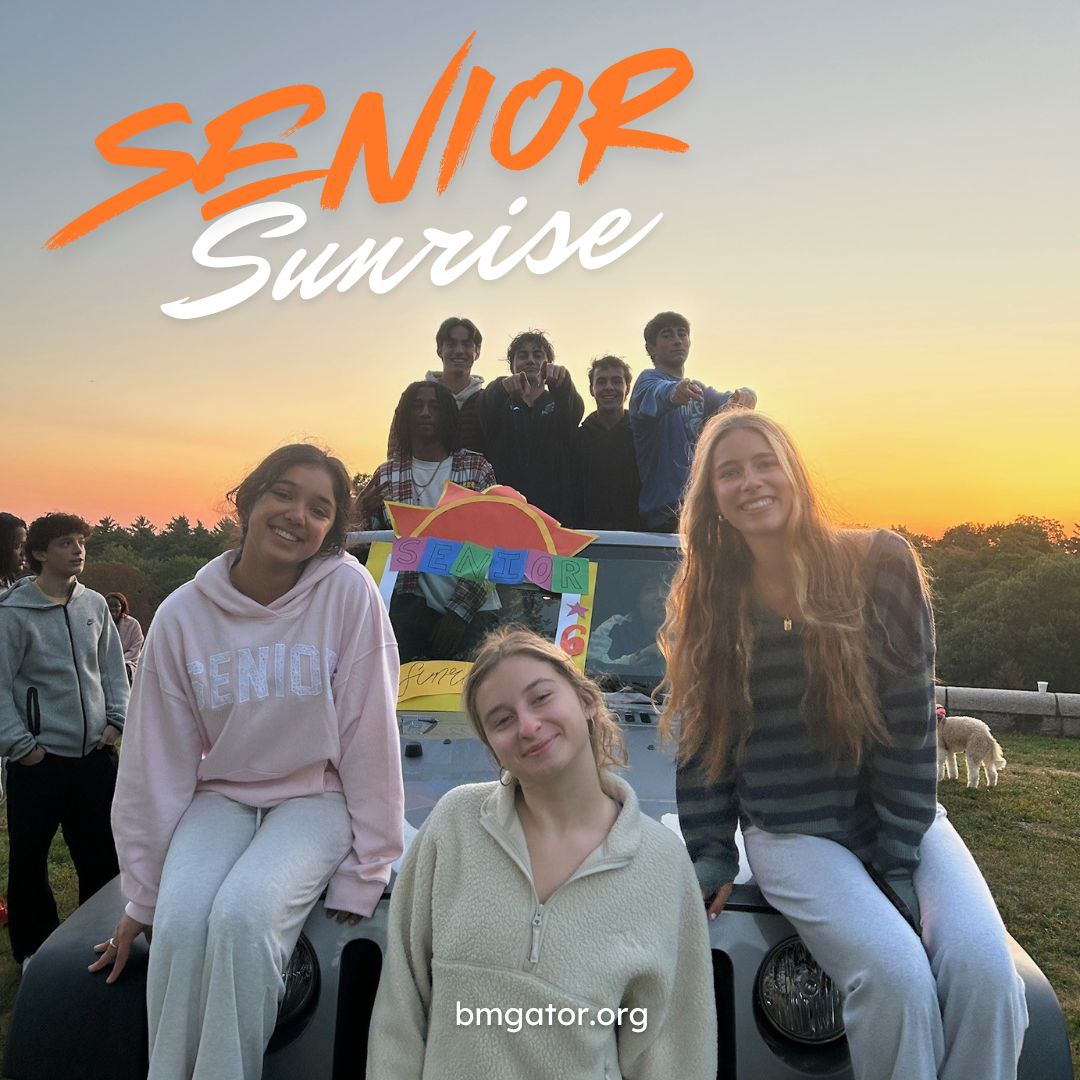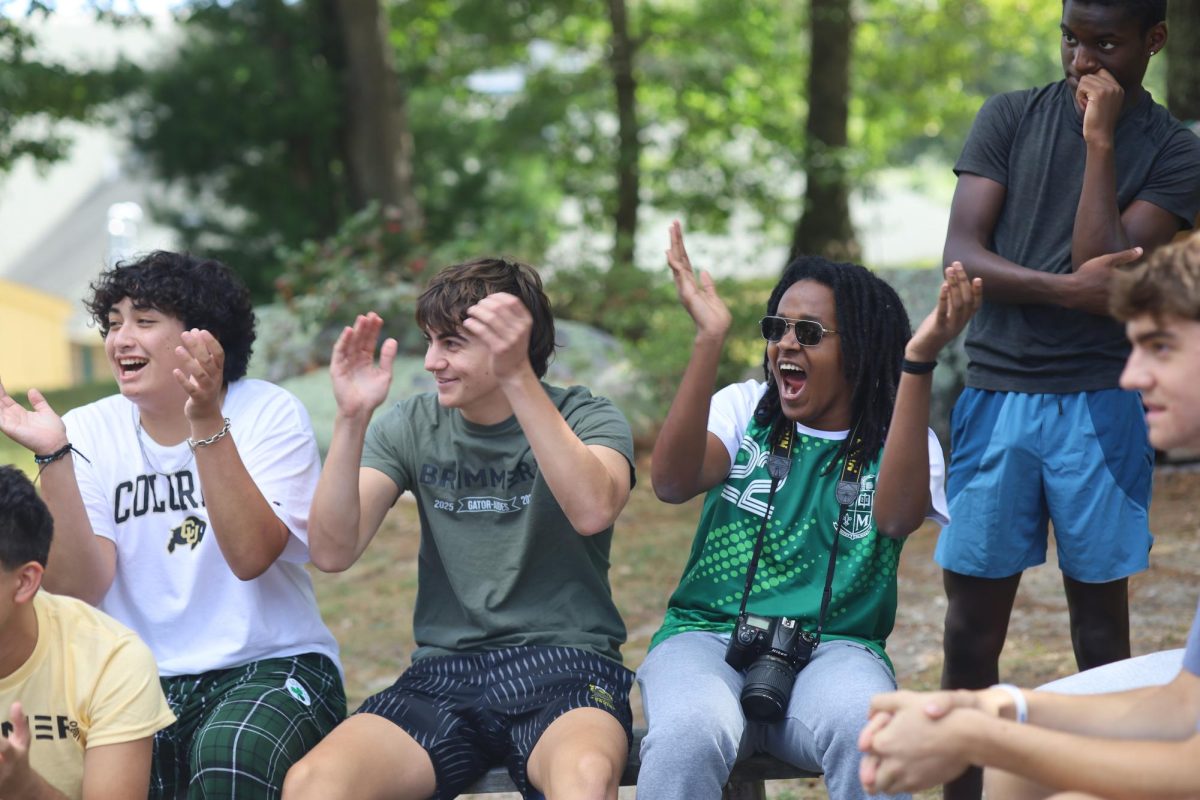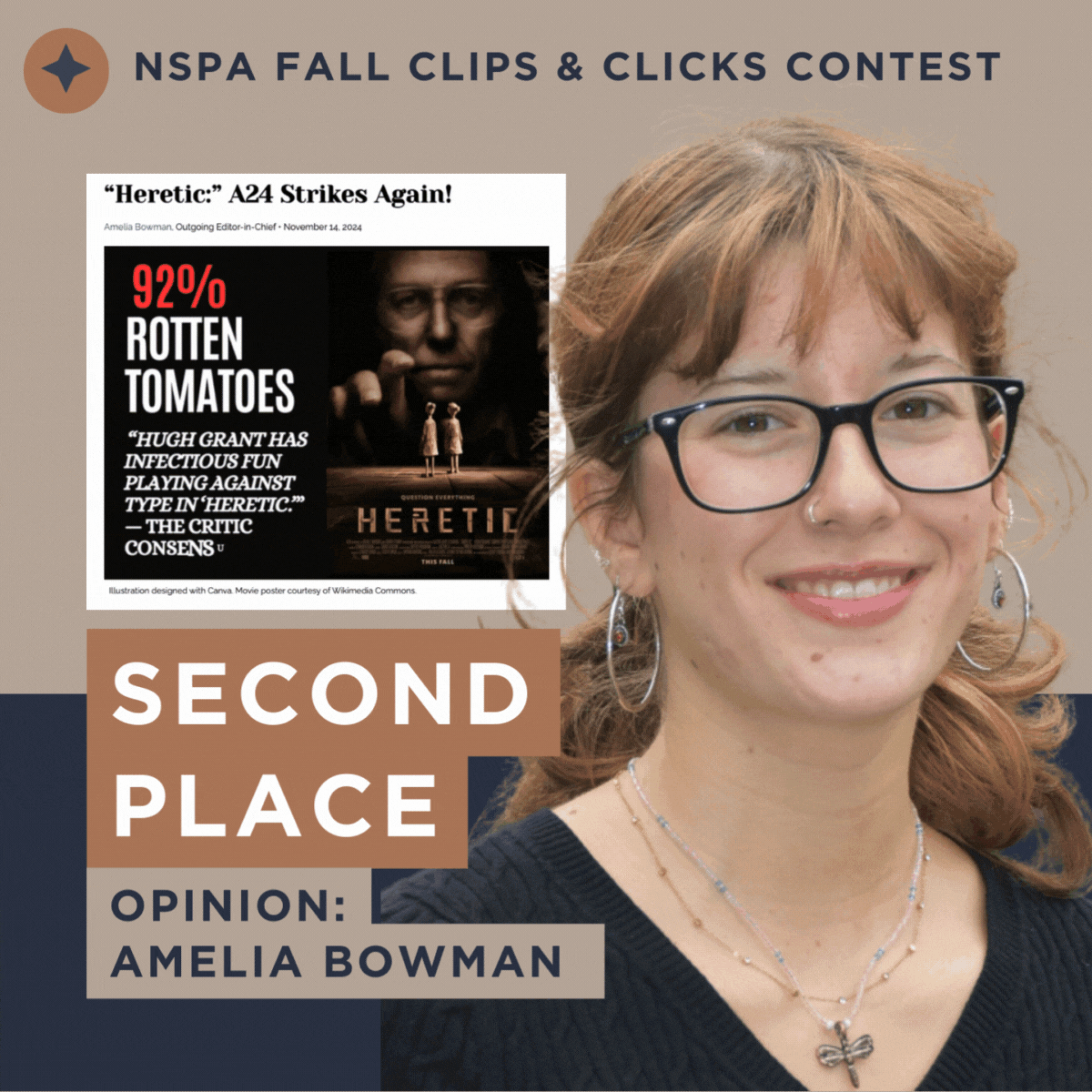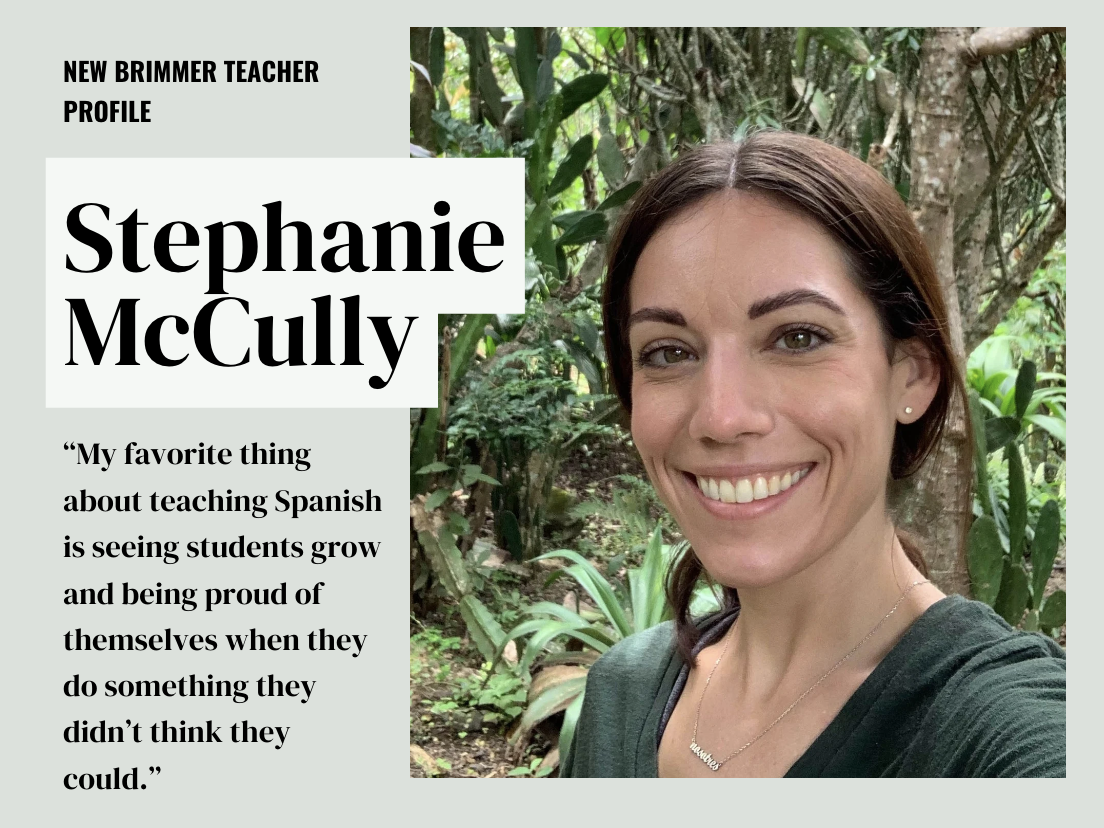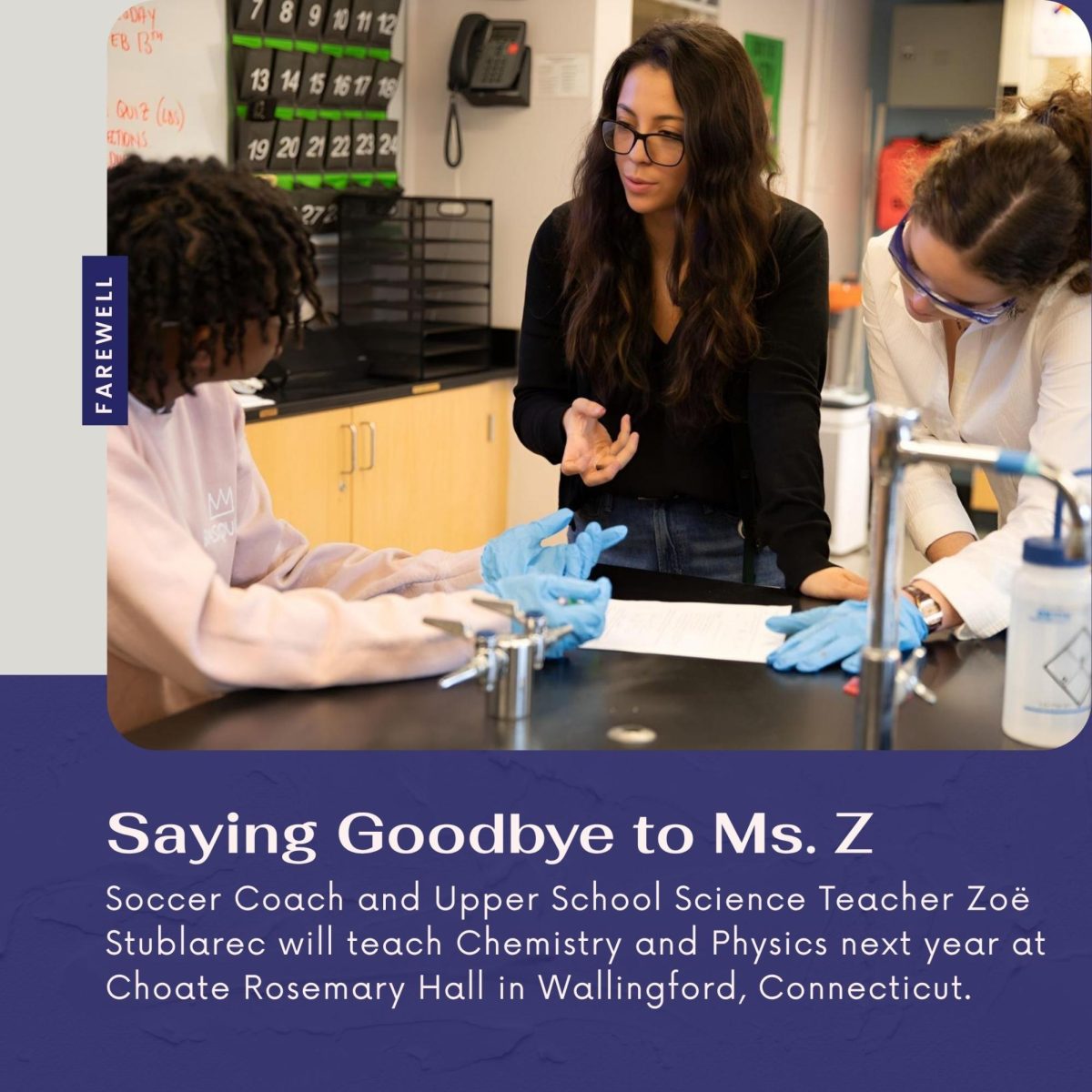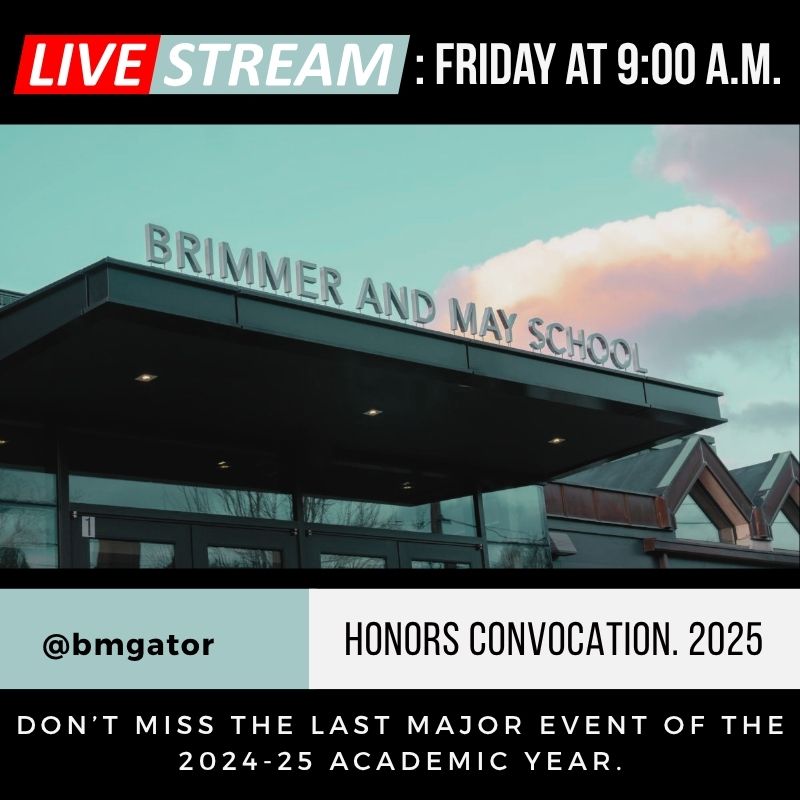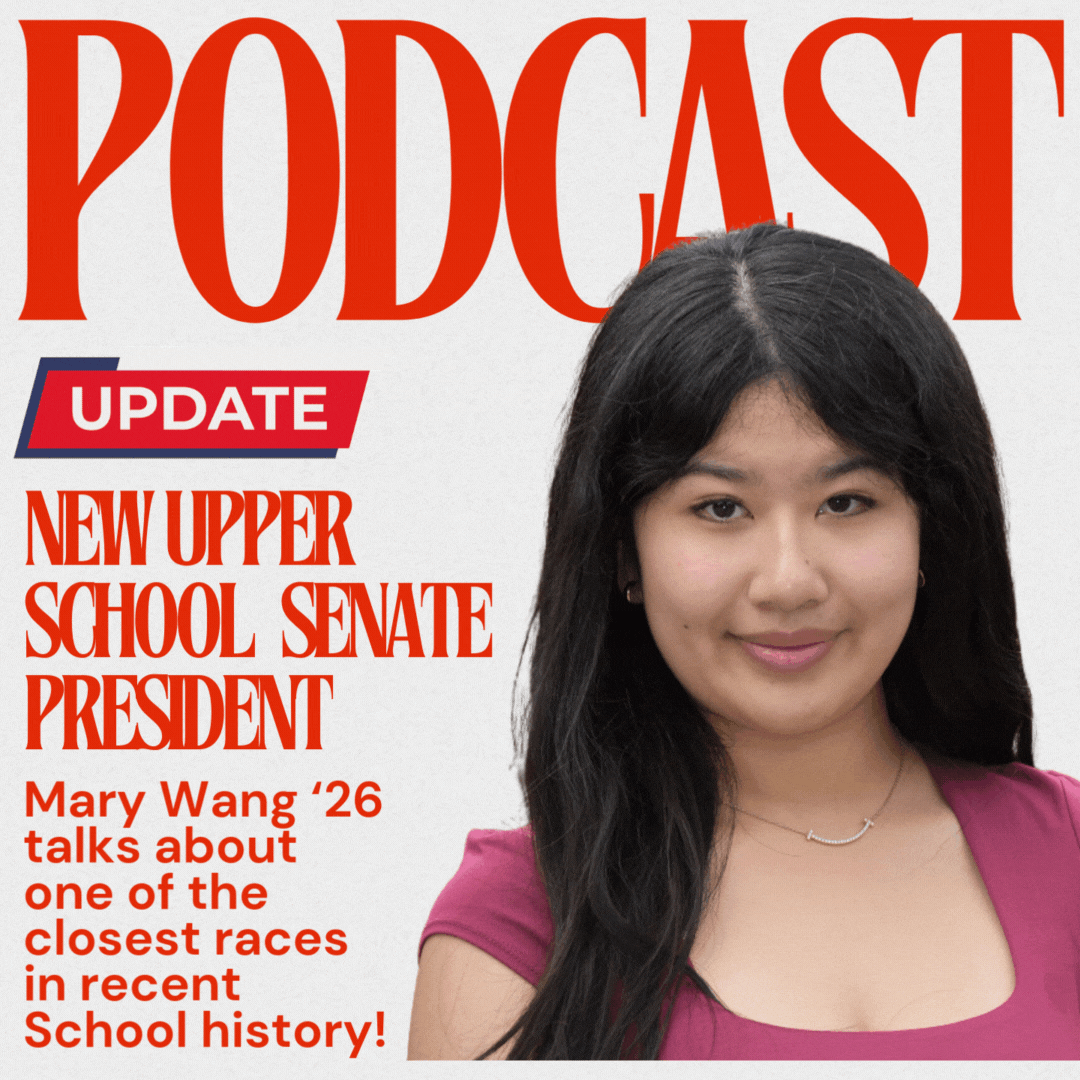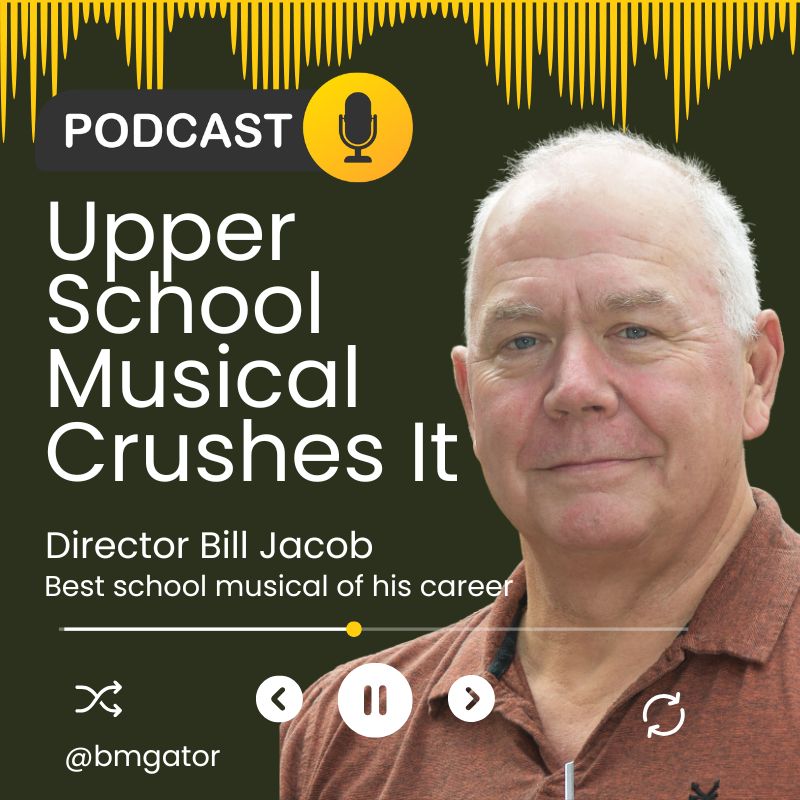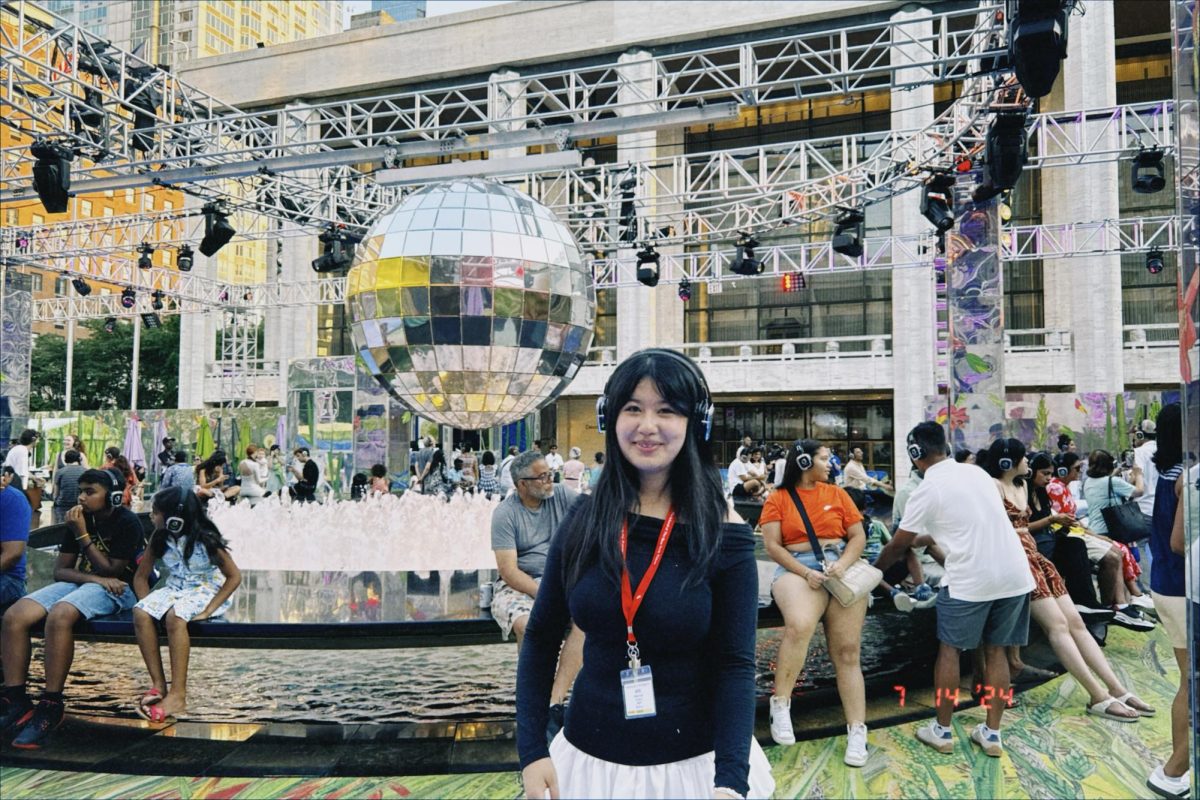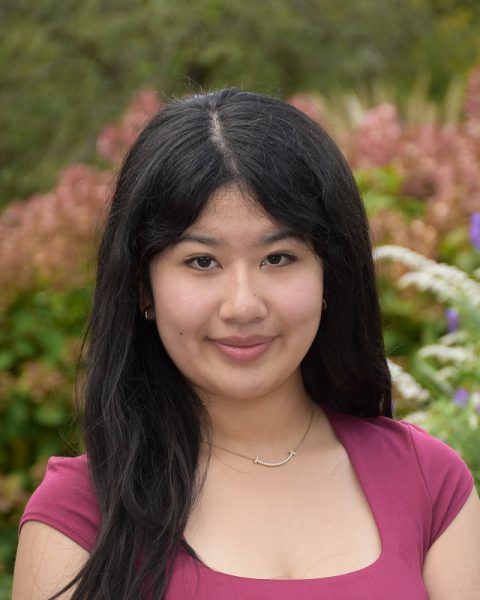Earlier this year, I was introduced to an exciting summer residential program. The name of the program, the School of New York Times Summer Academy, affectionately known as SoNYT, immediately captured my attention.
After joining The Gator, I have grown to discover my passion for journalistic writing. The Summer Academy seemed like an excellent opportunity for me to grow and excel as a better journalist and editor. I filled out my application, chose the top classes I was interested in, and had Gator adviser David Cutler wrote a recommendation letter for me.

Then came the long wait for the decisions to be released. I received an email while in English class, and opened the portal. I was accepted!
Fast forwarding to July of 2024. I had just finished a trip back to Beijing, China and flew to New York City to join my first choice: Opinions Writing class, located in Fordham University’s Lincoln Center campus. I was introduced to the teacher’s assistant, Maddie, and my instructor, Judith Matloff (who insisted we call Judith) who is celebrated for her conflict reporting pieces, her books, and her journalism teaching career at the Columbia Graduate School of Journalism.
Many of my peers in the class are editors and writers of their own school newspapers, For instance, Joy Yuan, a friend that I met in the program, is already a writer for her school’s newspaper, The Musket.
The class was highly discussion-based. We went through structures of Op-ed pieces while Judith would sometimes sprinkle in some of her own experiences covering conflict and war and her experiences of pitching articles to editors of many news sites such as The New York Times, The Los Angeles Times and the Columbia Journalism Review. We wrote sample pitches for our ideas and read many example articles in the past, including various famous ones for their controversy.
Interviews in NYC
Reporting in the big city feels different: it is thrilling and scary at the same time. Most of the time, rejection is common: many New Yorkers are often too busy getting to the next destination that they ignore our interview requests, and most people refuse to be quoted in articles. The search was hard but successful – people had diverse perspectives that added great value to our reporting itself.
As a group, we interviewed strangers walking on the streets of Central Park on their opinions of the Colombus monument right across the street. Although we faced many rejections, there were more surprises: all three of our interviewees were aware of the Colombus controversy, and many said that they were just thinking of the issues of this monument. As a journalist, it is quite a pleasant feeling to hear how people don’t cease to think.
Taking Advantage of Networking Opportunities
The coolest part of the program is always when guest speakers and editors come in and speak. In these meetings, we each asked questions and received advice from editors in the NYtimes about what newsrooms need to hear from younger voices. The NYtimes Opinion section editor talked to us about her journey climbing up to one of the top positions in the newsroom, and the people who helped her along the way. As an editor, she also talked to us about what pitches in her email catch her attention and what other ones get “killed”. We practiced writing pitches and Judith’s friends came and gave us feedback. In addition, many of my classmates from the class agree that the editor’s room – an opportunity for us to receive feedback in our writing from one-on-one sessions with editors from the Times, is one of the highlights of the program. Being able to catch chances of networking through the entire summer experience made it special.
Yuan agrees. “I think having that first-hand experience and then writing about it afterwards really put the life of an actual opinion journalist in perspective for me and I felt more immersed in the moment as well.”
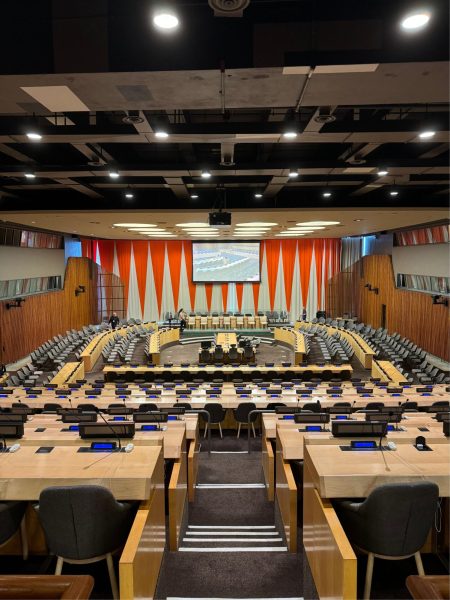
Student Life Needs Improvement
While the classes were amazing, many agree that the student life aspect of this program has a lot of room for improvement. Fordham’s building was quite new, but it only had four elevators – two in the front and two in the back. The back elevators close quite early, and each elevator had a maximum capacity of eight people – so after every all-students event, there would be a huge line behind the elevators as the program had around 500 people.
Students also agreed that the program can reduce unnecessary mandatory events. “Some of the mandatory activities in the first week weren’t that enjoyable,” Yuan said. “We also met with our LLC (living/learning community) groups an hour before they started, which was a little bit pointless in retrospect.”
The catering is great, but many of my friends and classmates feel that it is redundant. In addition, while many receive different degrees of financial aid, the residential program’s full tuition of $7,220 could be a burden for families.
The Heart of Journalism
During many classes, Judith and other editors would often bring up the reason that brought them to journalism. Many of them were women who faced many challenges in their journey of becoming journalists in a newsroom often dominated by men. Judith often talked to us about her experiences as a conflict reporter, and the frequent struggles of journalistic ethics in these reports. But regardless, all of them agreed they never regretted becoming a journalist. Not all of them chose to pursue a journalism degree in their education, but they had one common wish: to present truthful and accessible news pieces to the public.
SoNYT made my summer unforgettable. I made many friends who share my interests, and we still keep in close contact. The lessons I learned from Judith, Maddie, and other editors will always be valuable to my future in journalism. Reporting in the big city felt magical, with countless opportunities waiting to be discovered in NYC.



